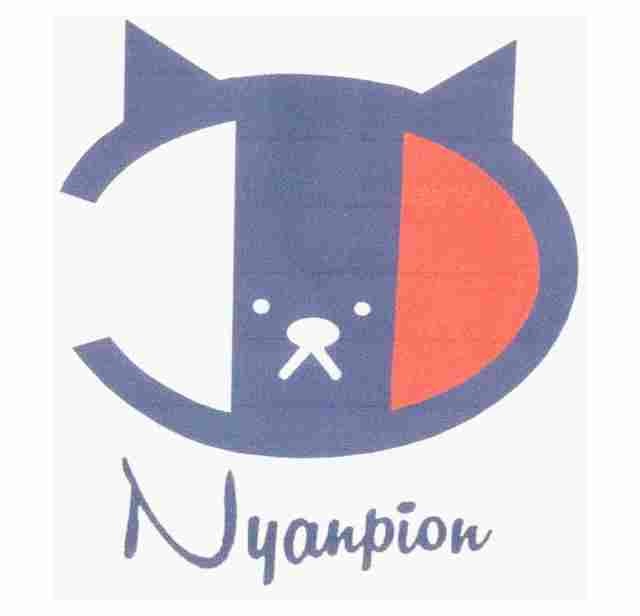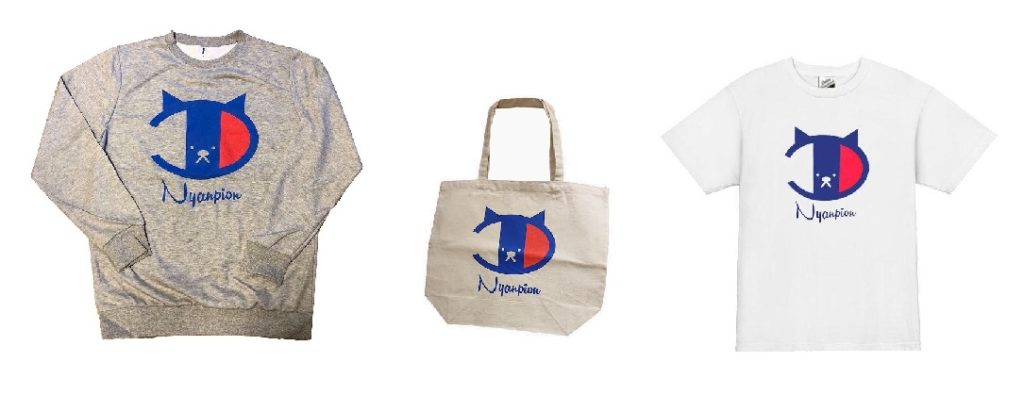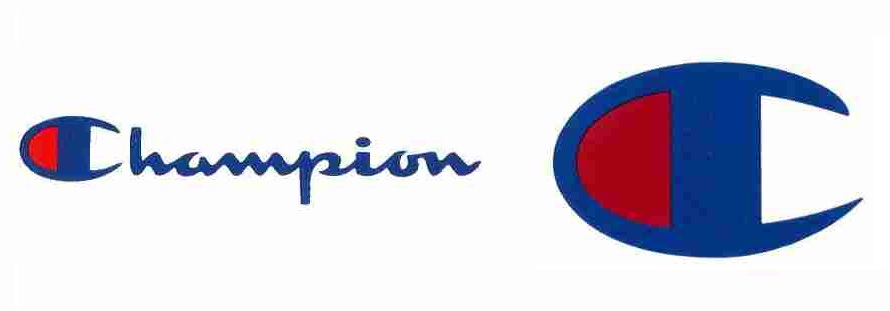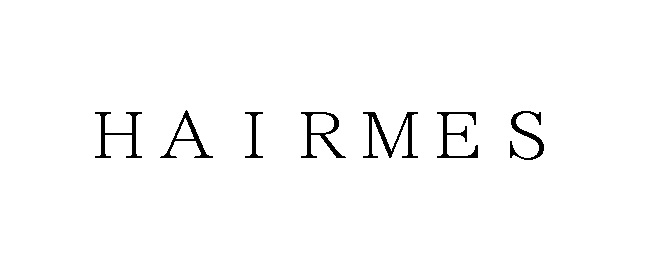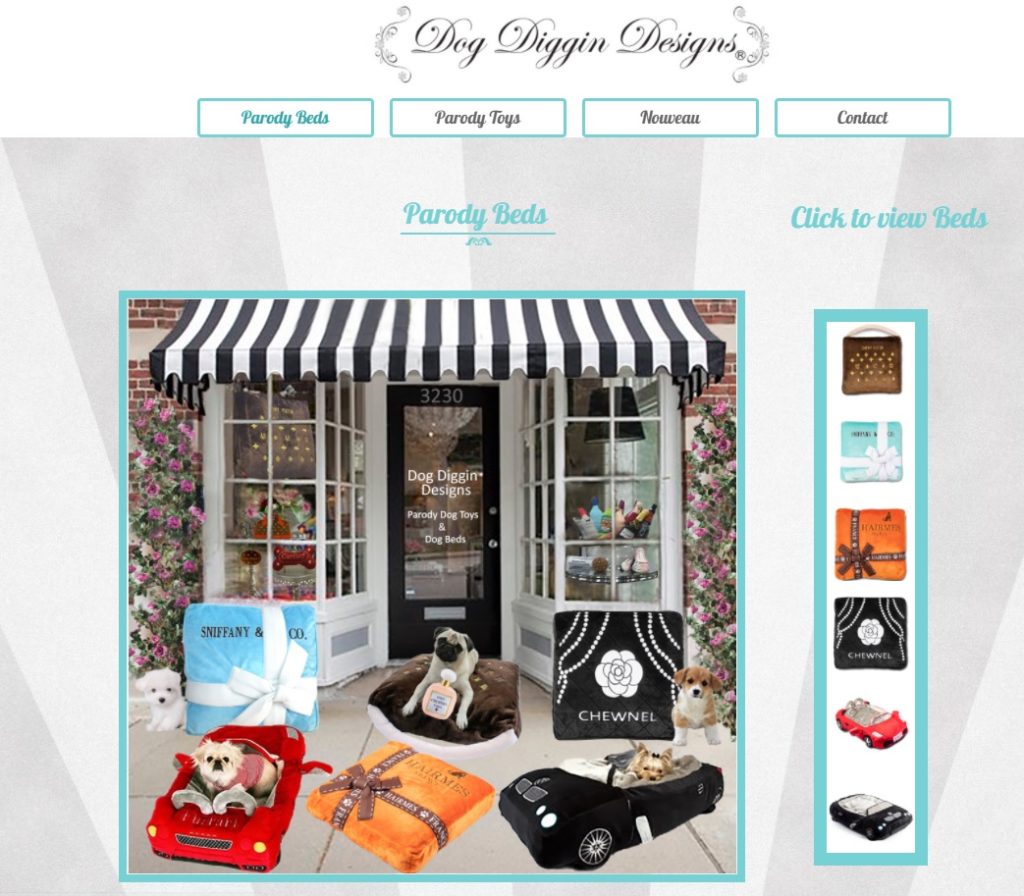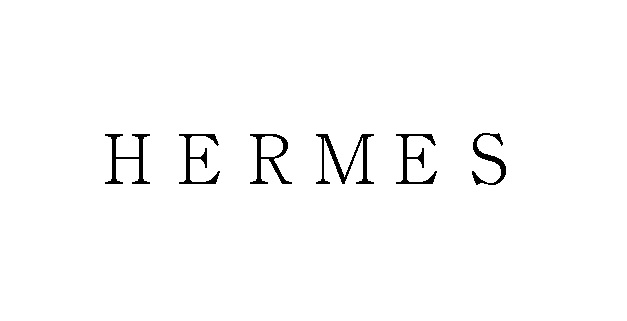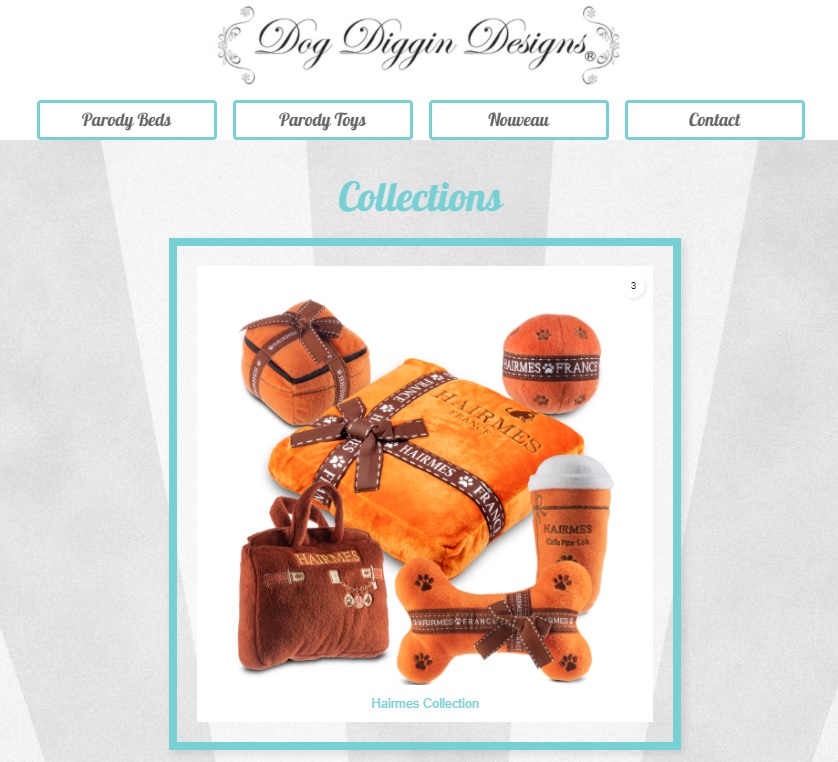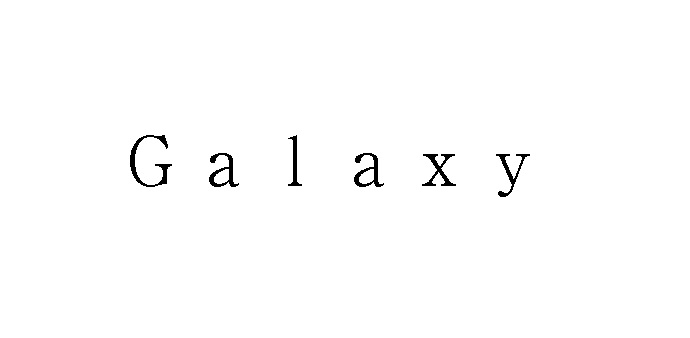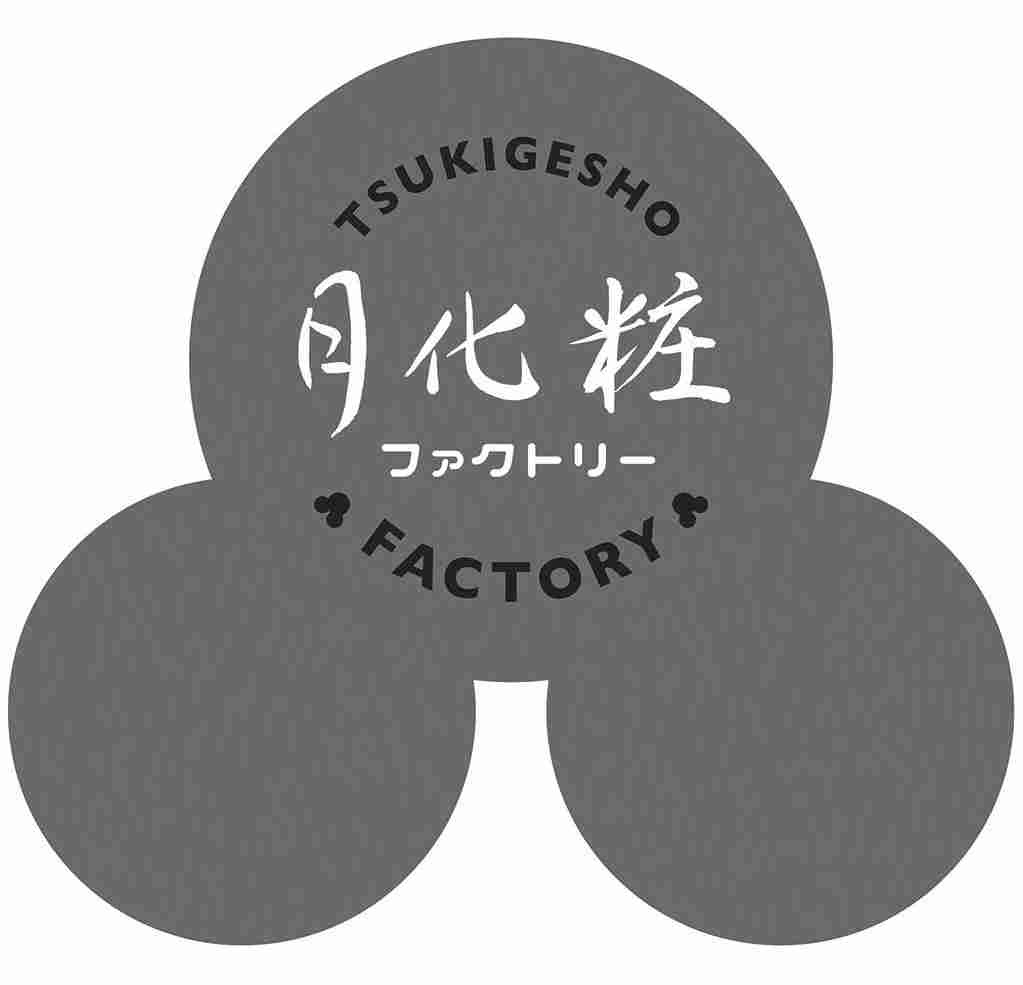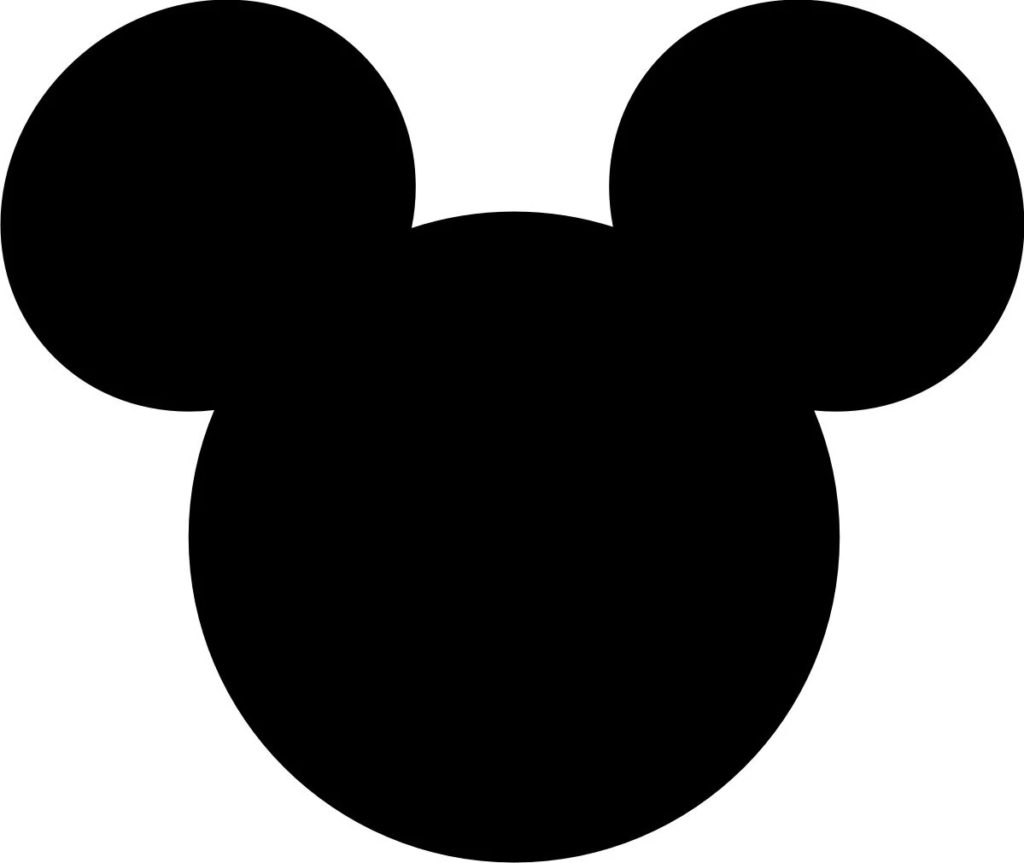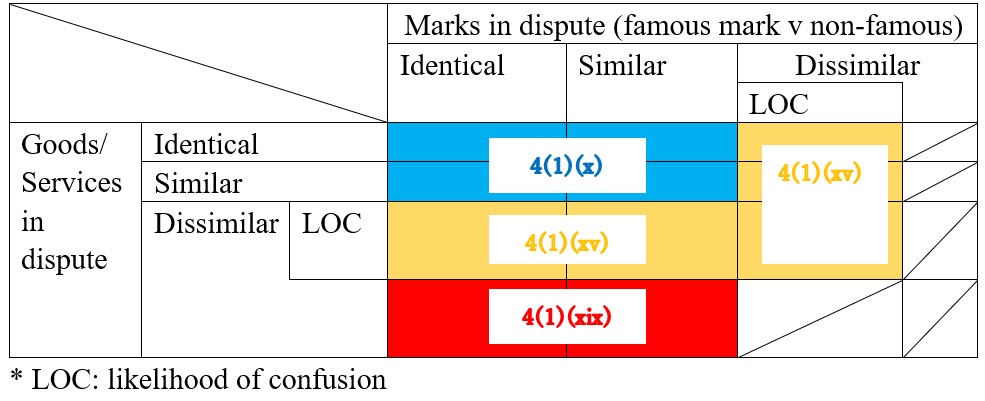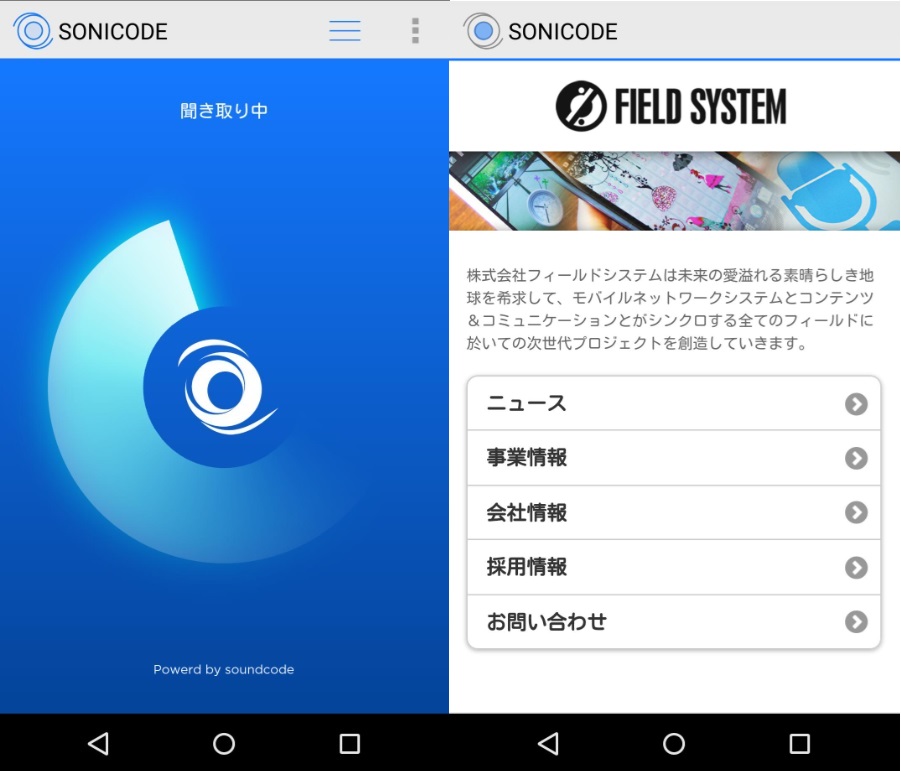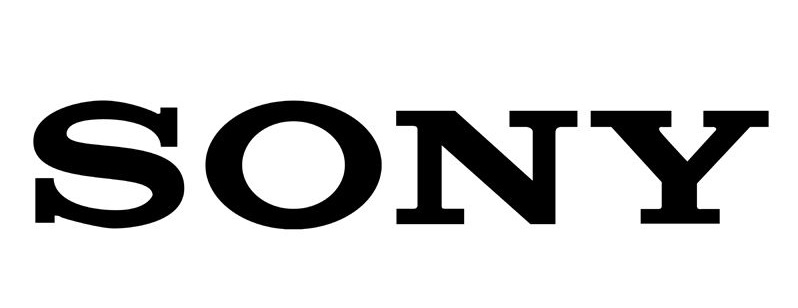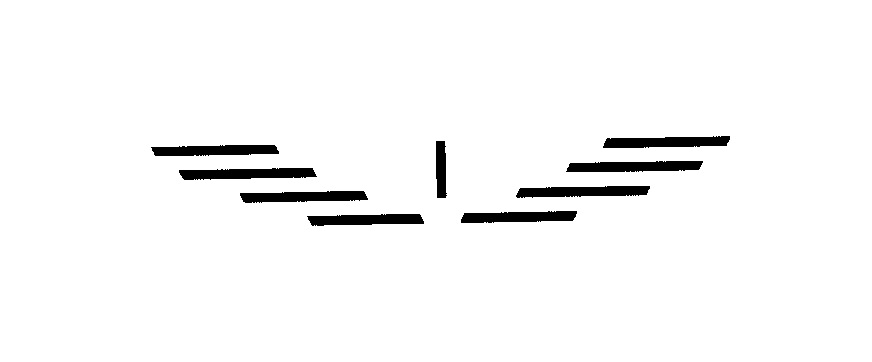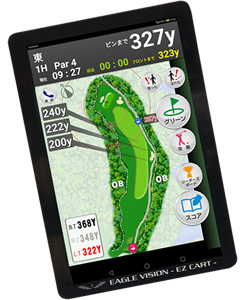On March 25, 2022, the Japan Patent Office (JPO) dismissed an opposition filed by Industria de Diseño Textil, SA (INDITEX), owner of the fashion brand “ZARA” against trademark registration no. 6357258 for word mark “Zara Sube Mist” in class 3 by finding dissimilarity to and less likelihood of confusion with “ZARA”.
[Opposition case no. 2021-900193]Zara Sube Mist
The opposed mark, consisting of three words, “Zara”, “Sube”, and “Mist” in standard character, was applied for registration by IBI Inc. to be used on cosmetics in class 3 on January 30, 2020.

The JPO granted protection on February 16, 2021, and published for opposition on March 23, 2021.
The applicant is using the opposed mark on skin lotions. Click here.
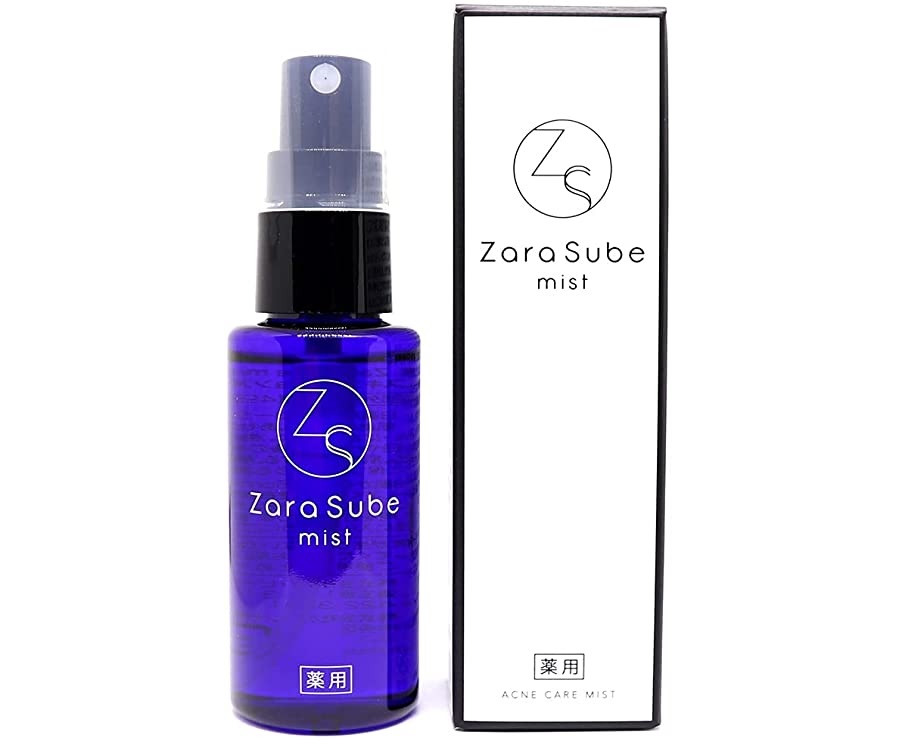
It should be noted “zara zara” is a usual term to represent the condition of ‘rough skin’ in Japanese. Likewise, “sube sube” is often used to represent the condition of ‘smooth skin’. Because of it, we would conceive of skin conditions from the term “Zara Sube.”
Opposition by Inditex
Opponent, INDITEX, one of the world’s largest fashion retailers and owner of the fashion brand “ZARA”, claimed the opposed mark “Zara Sube Mist” shall be canceled in contravention of Article 4(1)(xi), (xv) and (xix) of the Japan Trademark Law by citing earlier IR no. 973064 for word mark “ZARA” in relation with cosmetics of class 3.
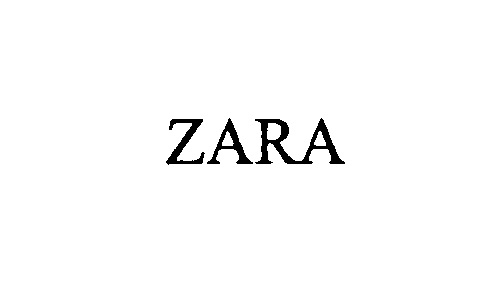
INDITEX argued, that given “ZARA” has acquired a remarkable reputation, relevant consumers of the goods in question are likely to see the literal element “Zara” as a prominent portion of the opposed mark and thus confuse or misconceive the opposed mark with “ZARA”.
JPO Decision
The JPO Opposition Board admitted that “ZARA” has become famous among relevant consumers and traders as a source indicator of the opponent in connection with clothing.
In the meantime, the Board questioned if the opponent mark “ZARA” has acquired a certain degree of reputation and popularity in relation to cosmetics from the produced evidence.
The Board found the consumers would see the opposed mark in its entirety due to a tight combination of three words and a non-redundant sound of ‘zara-sube-mist’. Being that “ZARA” failed to prove a certain degree of reputation and popularity as a source indicator of cosmetics, the Board has a reason to believe that relevant consumers would not consider the term “Zara” as a prominent portion of the opposed mark. If so, the opposed mark just gives rise to a pronunciation of ‘zara-sube-mist’ and no specific meaning.
Based on the above findings, the Board held “Zara Sube Mist” and “ZARA” are obviously dissimilar from visual, phonetic, and conceptual points of view.
If so, the opposed mark “Zara Sube Mist” is unlikely to cause confusion with “ZARA” by virtue of a low degree of similarity and remote association between apparel and cosmetics even though “ZARA” has been famous for apparel brand and coined word.
In a conclusion, the JPO dismissed the entire allegations of INDITEX and allowed “Zara Sube Mist” to survive.

